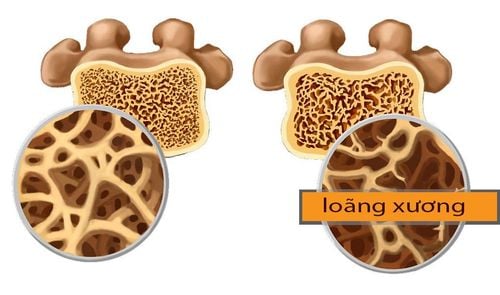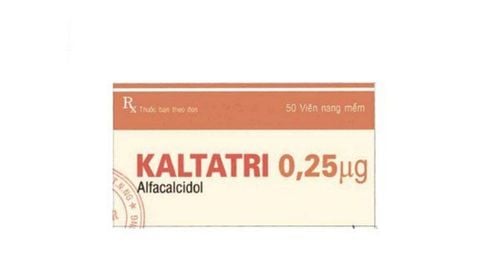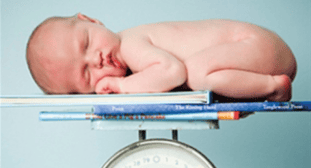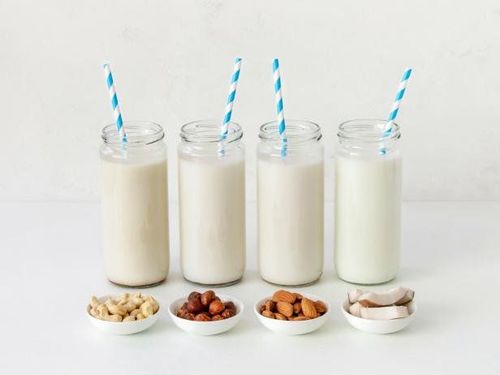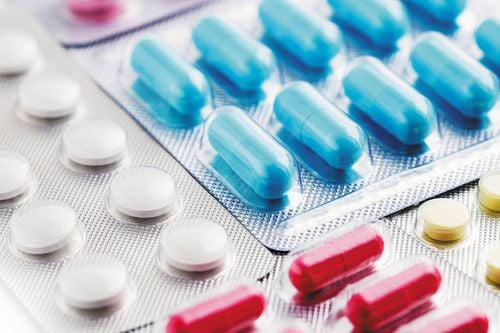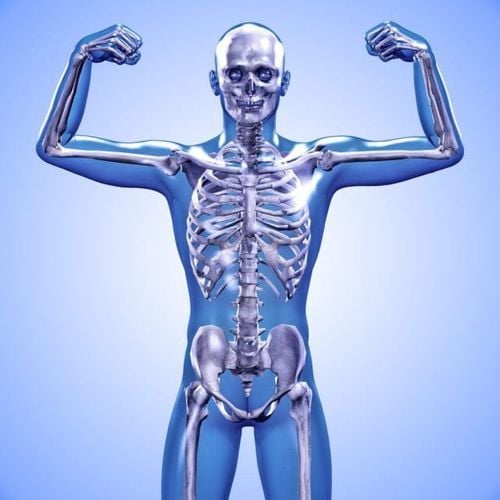This is an automatically translated article.
The article was professionally consulted by Doctor Nguyen Thai Ngoc Chau - Neonatologist - Pediatrics - Neonatology Department - Vinmec Phu Quoc International General HospitalAdults have 206 bones, accounting for about 15% of body weight. It can be hard to imagine that a tiny baby has more bones than an adult. Those bones are growing and changing shape every day. How many things do you not know about the bones in your body? Follow the article below to understand more.
1. How many skeletons does an infant have?
Adults have 206 bones, accounting for about 15% of body weight. It is an unbelievable fact that babies have more bones than adults. Those bones are growing and changing shape every day.It is estimated that the infant skeleton has about 300 bones. Although bones appear hard, they are actually made up of living tissue and calcium. They undergo accumulation as well as disposal throughout your life.
If you have ever seen a real skeleton or fossil in a museum, you might think that all of them are dead. Unlike the skeletons you see on the outside, the bones that make up your skeleton are very "living", always growing and changing just like other parts of the body.
Most bones are made up of several layers of tissue, including:
Periosteum: The outer surface of bone is called the periosteum. It is a thin membrane that contains the nerves and blood vessels that nourish the bone. Solid bone: This part is smooth and very hard. That's the part you see when you look at the skeleton. Spongy bone: Looks like a sponge. Cancellous bone is not as hard as solid bone, but it is still very strong. Bone marrow: Bone marrow is like a thick jelly and its job is to make blood cells. The process of bone growth is called ossification. It actually begins around the eighth week of embryonic development. Even so, at birth, many of your baby's bones are made up entirely of cartilage, a tough but flexible connective tissue. Some baby's bones have a section made of cartilage to help keep them moving and growing.
That flexibility is needed so that growing babies can curl up in the limited space of the womb before birth. It also makes it easier for both mother and baby as the birthing process progresses.
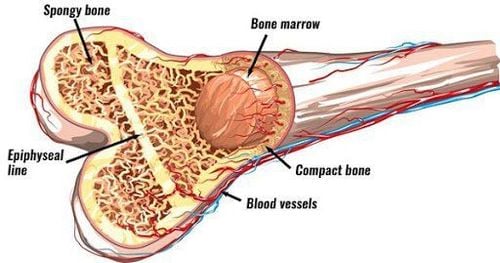
2. How does the skeleton of an infant change as the child grows up?
When you were a child, you had small hands, small feet, and everything was small. As you get older, everything gets a little bigger, including your bones.As the child matures, most of the cartilage will be replaced by actual bone. But what happened to cause the bone count to drop from 300 at birth to 206 as an adult?
The answer is that many of your baby's bones will fuse together, meaning the actual number of bones will be reduced. The space that separates the two ends of the bone that eventually fuses is also the cartilage, like at the tip of the nose.
The fusion of bones occurs throughout the body. You may notice that there is one or more soft spaces between the bones in your baby's skull. These “soft spots” may even make you a little uncomfortable, but they are completely normal. These are called fontanels and they will eventually close as the bone grows.
The replacement of cartilage with fused bone begins when small blood vessels - called capillaries - deliver nutrient-rich blood to osteoblasts, the cells that form bone. Initially, osteoblasts create the bone that covers the cartilage and then, completely replace it.
Later, bone growth in children occurs at the ends of many bones, where the growth plates are located. The tissue that develops in each bone determines the final size and shape of that bone. When a person stops growing, the growth plates close.
Growth plates are weaker than other parts of a child's skeleton, so they are more prone to fractures and other injuries. This is why a bike fall can put your child in a cast, while you can have the same fall and just get bruised.
Usually, by the age of 25, this process is complete. After this happens, your bones can no longer increase in size. All of these bones make up an adult human skeleton that is both very strong and very light.
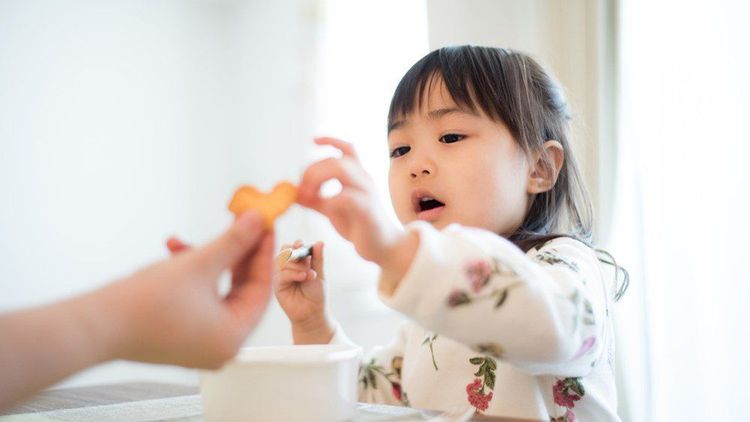
3. What does the adult skeleton consist of?
The adult skeleton is made up of 206 bones, including the following:Skull: Including the jawbone. Spine: Includes cervical, thoracic and lumbar vertebrae, sacrum and coccyx. Chest: Ribs and sternum. Arm consists of: shoulder blade, collarbone (clavicle), humerus, ulna, and rotator cuff. The hand consists of: the bones of the wrist (wrist), the bones of the table, and the bones of the fingers. Pelvic bone - hip bone The leg consists of: femur, patella, shin bone (tibia) and fibula. The foot consists of the tarsal, metatarsal, and toe bones. There are four different types of bones in the human body:
Long bones: These bones have a long, thin shape. Examples are the bones of the arms and legs (excluding the wrists, ankles and patella). With the help of muscles, long bones act as levers that allow movement. Short bones: These bones are square in shape. For example, the bones that make up the wrists and ankles. Flat bones: These bones have a flat, wide surface. Examples are the ribs, shoulder blades, sternum, and skull. Other bones - whose shape does not match the above 3 categories. An example is the bones of the spine (vertebrae).
4. The role of calcium in the human skeleton
Calcium is an important mineral for the formation of new bone tissue. Calcium is found in both breast milk and formula. And if your child refuses to eat leafy vegetables later on, remind them that the calcium found in these vegetables as well as in dairy products helps them grow.When reaching adulthood, the fusion and growth of bones stops. The bones of an adult are strong but light. Although they may appear unchanged, the fact is that bones are constantly undergoing a process called remodeling.
Remodeling involves the formation of new bone tissue and the breakdown of old bone into calcium and other minerals, which are released into the bloodstream. This process is called bone resorption, and it's a perfectly normal part of it - in fact, it happens throughout life. But in children, new bone formation occurs faster than resorption.
There are a number of things that can speed up bone resorption, including:
Hormonal changes associated with menopause. Drink too much alcohol. Elderly age. The most common condition affecting bone loss is osteoporosis, which causes bones to lose some of their density and become more prone to fracture.
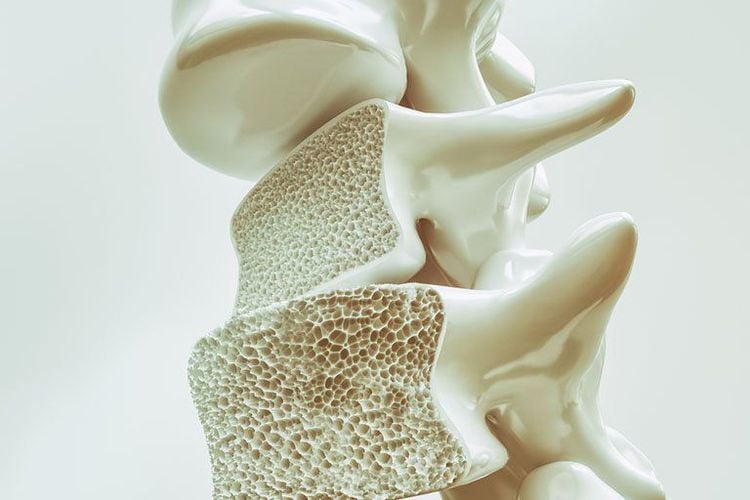
5. Some interesting facts about bones
The skeleton and joints in the human body are both complex and unique. The bones fit together like a big puzzle and rely on a variety of muscles to move parts from the neck and jaw down to the toes.The body part with the most bones is the hand. It is made up of 27 individual bones. Most of the blood cells in the body are made in the bone marrow. The femur is the longest bone in the human skeleton. The stapes, a tripod-shaped bone located deep in the ear, is the smallest bone in the body. Bones store about 99% of the calcium in your body and consist of about 25% water. Your skeleton completely replaces itself every 10 years or so through remodeling. However, the shape of the new one looks strangely similar to the old one. Some bones are specially constructed to support two to three times your body weight. Cartilage tissue does not have a regular blood supply and does not renew itself, so cartilage damage is permanent.
6. How to have a healthy skeleton?
The process of bone growth and fusion in children is an interesting one. And to ensure a healthy skeleton for many years to come, it's important that you:Get enough calcium in your child's diet. The body doesn't make calcium on its own, so all of the calcium you need must be obtained from food or supplements. Healthy calcium-rich foods include low-fat dairy products (milk, cheese, yogurt), nuts, almonds, white beans, and green vegetables like spinach and bok choy. As you enter adulthood, do weight-bearing exercises like walking or lifting weights. Exercises help keep bones and muscles in check and, at the same time, can help promote bone health throughout adulthood. Make sure you get enough vitamin D in your diet or through supplements, vitamin D helps your body absorb calcium. Getting enough protein is also important for long-term bone and muscle strength. Bones work together with muscles and joints to keep our body parts connected, allowing the body to move flexibly - this is called the musculoskeletal system. The skeleton supports and shapes the body and protects internal organs such as the brain, heart, and lungs.
Bones contain most of our body's supply of calcium. The body is constantly building and breaking down bone tissue. Healthy bones require a balanced diet and regular and appropriate exercise.
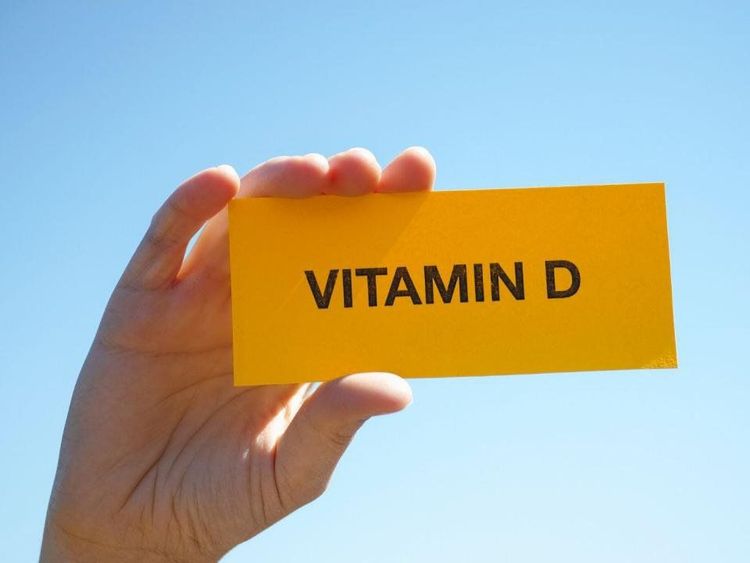
7. Some common bone disease conditions
Some pathological conditions of the bone include:Fracture . Osteoporosis. Osteomyelitis. Inflammation of the bone . Fibrous dysplasia. Rickets : The child's growing bones are not growing due to vitamin D deficiency. Multiple myeloma : Plasmo-cell cancer in the bone marrow. Bone cancer: Primary bone cancer includes osteosarcoma and choroid. However, most cancers found in bones have spread from other organs such as the breast, prostate, lung, or kidney. If you have any problems with bones - joints, you should go to reputable facilities for timely examination and treatment. The Department of Musculoskeletal Medicine under the Department of General Internal Medicine of Vinmec International General Hospital specializes in the treatment of Osteoarthritis: Arthritis, Osteoarthritis - Osteoporosis,... Besides, the specialist also applies Technique injecting fresh platelet-rich plasma in the treatment of bone and joint diseases, confidently is a reliable address for customers in need.
Please dial HOTLINE for more information or register for an appointment HERE. Download MyVinmec app to make appointments faster and to manage your bookings easily.
References: healthline.com, kidshealth.org, betterhealth.vic.gov.au




